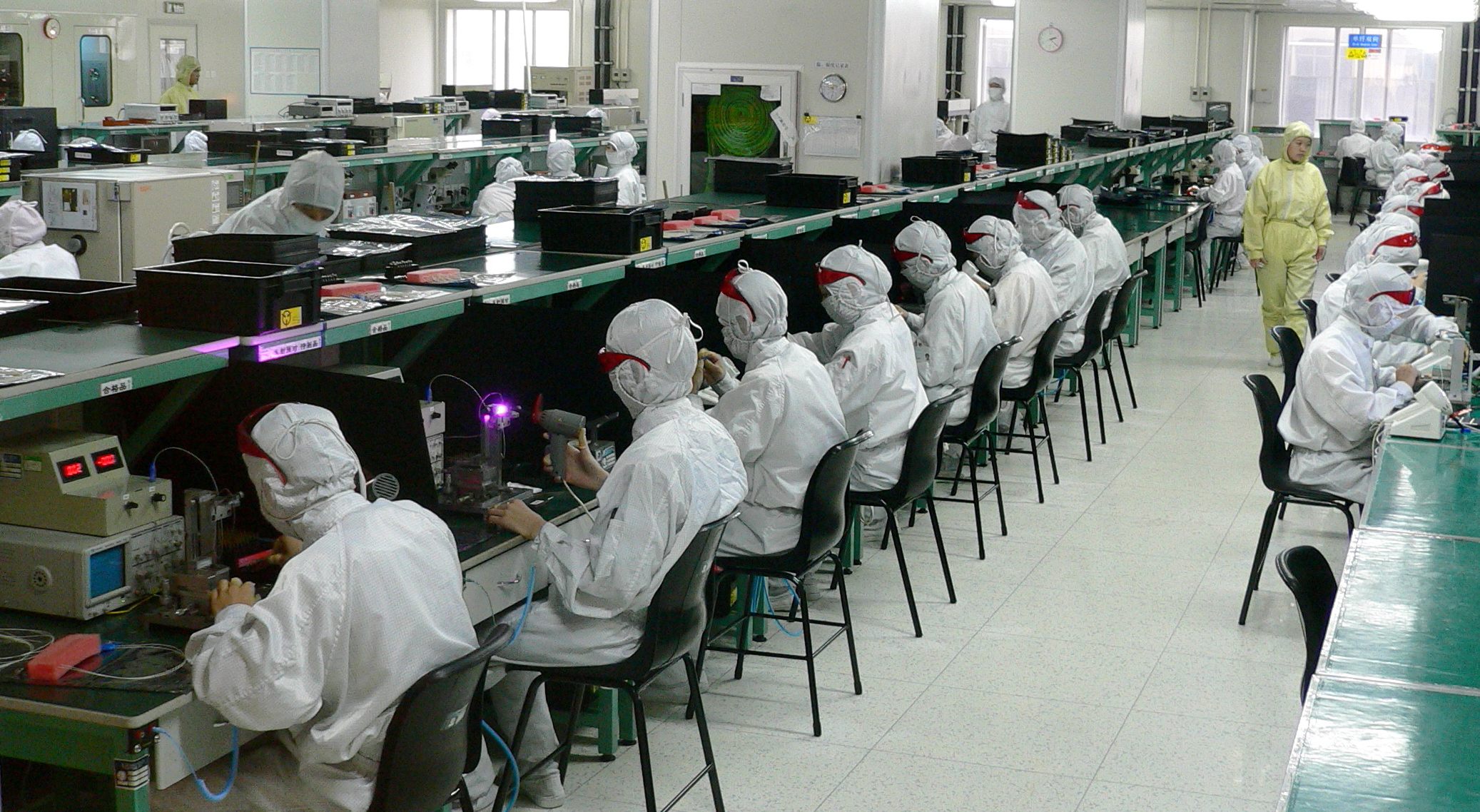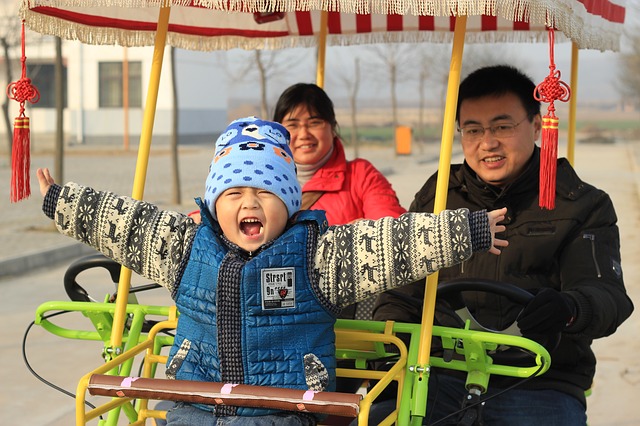China´s Communist Party announced after its meeting on Oct. 29, that it would reform the one-child policy to allow families to have two children. This was no surprise, with the government’s relaxation of its family planning policy in 2013, allowing couples who were both only children to have a second child. The policy change comes amidst mounting pressure from economists and population experts to address the demographic disequilibrium caused by both a distorted age distribution and a gender imbalance.
One of the largest social experiments ever implemented, the current one-child policy was implemented in 1979 to enforce population control, seen as necessary to achieving stable economic growth. During the four decades of harsh implementation, the government claimed to have prevented the births of 400 million, though often using coercive methods like forced abortions and infanticide. However, much of the decline in fertility rates occurred before the implementation of the policy with the rate falling from 5.8 children per woman to 2.8 in the decade previous to the introduction of the policy. With already declining fertility rates, the policy increased the speed of the decline, exacerbating the effects of the one-child policy. Critics have also highlighted the natural relation between increasing standards of living and lower birth rates with countries like India experiencing steady declines.
This rapid decline has created a significant disproportion between a large segment of aging population and the younger generation, which should theoretically support them in their final years. Gender selective abortions have further skewed the population, leading to other special problems. Consequently, China now faces a looming population crisis, which poses one of the biggest threats to its future economic growth and security.
The abandonment of the one-child policy, holds no promises of raising the fertility rate enough to maintain stable population levels. Changing cultural values, lifestyles and increasing living costs all pose an obstacle to increasing birth rates. For the younger generations born after the one-child policy took effect, having one child on whom to focus their efforts has become the new norm for parents with many not seeing the need for more. In addition, increasing numbers of Chinese are adopting urban lifestyles and enjoying higher living standards with less financial dependence on their children in retirement. Even if couples want more children they face higher housing, healthcare and education costs. The average couple spends about US$3600 annually, or three quarters of average annual disposable incomes on their child. The changing attitudes towards children were reflected in the disappointing results yielded by the relaxation of the one-child policy in 2013. Only 1.1million couples applied for a second child in the first year, well under the two million expected by the Chinese government. In urban centres, the birth rate fell to near one child per woman, a far cry from the 2.1 needed to maintain the population.
To illustrate the magnitude of the current problem, the ratio between taxpayers and pensioners is currently 5:1 and is expected to fall to 2:1 by 2030 which threatens the entire pension system. China´s workforce already began shrinking in the past couple years with the National Bureau of Statistics estimating a 3.45 million reduction just last year. The number of 15-24 year olds will also drop by 21% over the next ten years. Meanwhile, one in ten Chinese is over the age of 65 with this number doubling by 2050, which would make China the oldest society in the world. The population bulge of 40 to 50 year olds are also expected to retire in the near future putting a strain on the social security system. Compounding the problem is the gender imbalance with experts predicting 30 to 35 million more men than women by 2020.
The economic implications are that China will face higher wage prices since there are fewer workers to fulfill the same amount of demand to maintain growth. The drastic demographic change means fewer young workers available in manufacturing sectors for which that they are better suited than older ones. Rising education also means that young workers will seek higher skill occupations, further reducing labour supply in manufacturing. Some economists suggest the tens of millions workers in agriculture can fill shortages in manufacturing with increasing urbanization, yet this requires even higher wages to encourage their move as well as housing reform to improve labour mobility. Although China is transitioning from manufacturing into more highly skilled sectors, it takes time to gain enough experience in these new sectors in order to compete against already established players in the markets.
China is in a demographic race against time and if current population growth trends continue it poses a threat to the country’s future. Although easing of family planning measures will increase births to some extent, China must consider other innovative and technological solutions to increase productivity levels enough to make up for the lack of workers it is expected to face.




